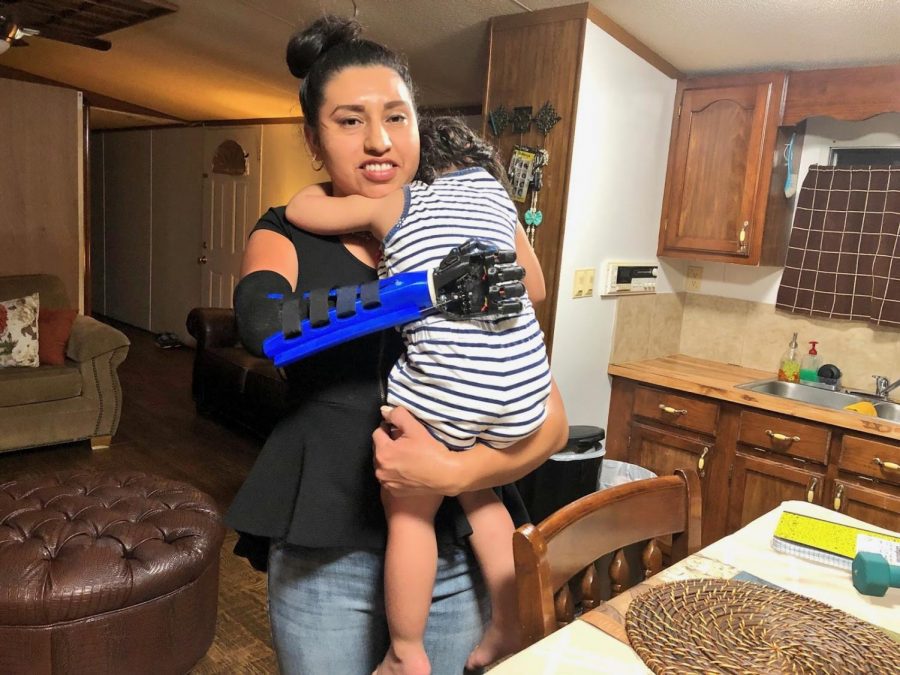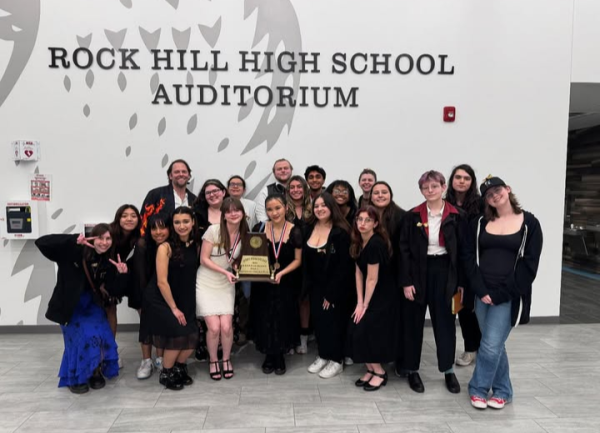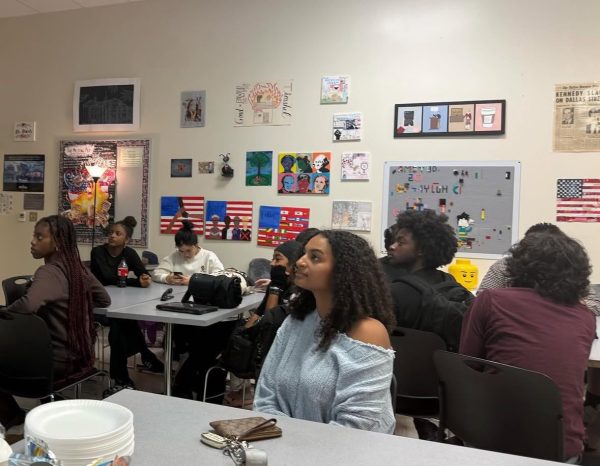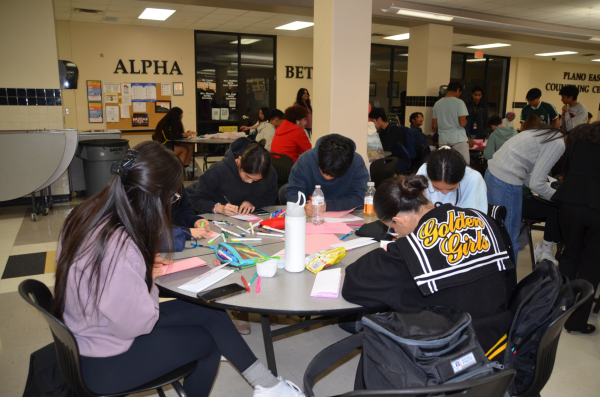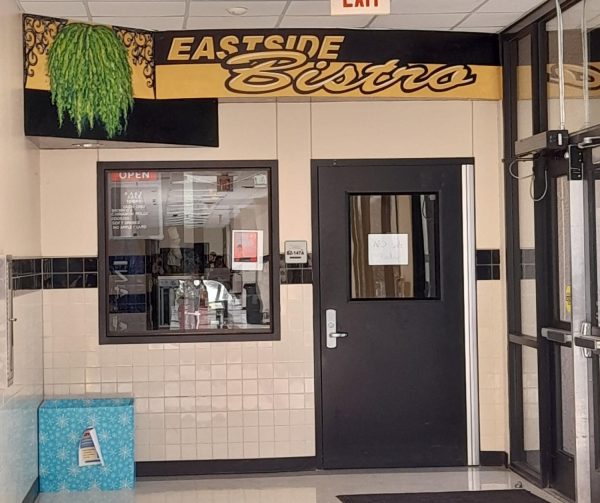Humble Hand
Two students design and create a 3D-Printed prosthetic arm
Vanesa del Rosario Castellon pictured with her kid and the prosthetic hand.
After interning with a hand surgeon, two high school students were inspired and able to create a 3-D printed prosthetic hand that they designed and built by themselves. Juniors Rakaan Alhaddad and Rohan Mehta spent the summer trying to create the best design for their prosthetic arm for amputees to use and won second place for their project at the Science Fair on Jan. 5, allowing them to advance to regionals.
“Our goal is [to] make a prosthetic that’s cheaper and more efficient to the point where it can be mass produced for children who are suffering towards war and people that are suffering in third-world countries,” Alhaddad said. “For [the] Science Fair and HOSA competition, we are finding a cheaper and more efficient prosthetic hand or body-powered prosthesis through the use of additive manufacturing or 3-D printing.”
With the help of Vanesa del Rosario Castellon, an amputee who lost her arm after the civil war in El Salvador, they were able to make the impossible possible. Alhaddad and Mehta first made contact with Mrs. Castellon at the gym and they asked her to help.
“One of them told me that they were working on a school project, trying to make a prosthetic hand and they asked me if it would be possible for me to volunteer so they can fit the prosthetic and try it out with someone who could actually use it,” Mrs. Castellon said. “I lost my arm when I was seven years old. There was a civil war going on in El Salvador and a lot of people, including me and my family, had to leave their homes because it was too dangerous. When the civil war was almost over and the guerilla had left the town I lived in, we were able to return. One day, my brother and I found a bomb that was left in the living room. [It] looked like a toy. We started playing with it and after a while I got bored and tossed it on the ground. It exploded and my fingers and part of my right hand were blown off. The doctors at the hospital decided to cut above the elbow to avoid infections, and that was it.”
Their prosthetic is body powered, meaning it relies on a system of cables or harnesses to control the limb itself. Essentially, it’s operated and controlled by using other parts of your body, such as your shoulders, elbows or chest.
“This is better than a lot of the prosthetics we have today because a lot of them require electricity and batteries, which is not always available everywhere,” Mehta said. “We got the idea from hook-based prosthetics, which is the arm with a hook at the end, to mimic the hand, and we wanted to make it a hand shape so you could do more with it.”
The hand was designed completely by the students. Using the software Autodesk, they designed the blueprint of the hand and the forearm to later be 3-D printed. Mehta visualized and guided Alhaddad in the right direction when it came to assembling and creating the cheapest and most effective prosthetic.
“Initially, I wanted to do a Myoelectric prosthetic that reads your nerves based off of all force movement that’s pushed on your body,” Alhaddad said. “Rohan made me realize that with doing that, we eliminate the factor of cost, and since our whole goal is to make it cheap and effective, he directed me in the sense of [needing] to go towards body-powered.”
Making the prosthetic affordable, efficient and cosmetically pleasing can help thousands of people around the world. Not only those who don’t have the economic means to afford a prosthesis, but also those who have to go through bullying and judgment all of their lives because they’re amputees.
“One of the hardest things I had to go through after the accident was getting bullied at school,” Mrs. Castellon said. “We were young kids who didn’t understand that this could’ve happened to anyone. I didn’t go to school for a year after the accident, until I was comfortable with what had happened and learned how to accept it and live with it. I think what these kids are doing is amazing. Even though I won’t be using the prosthetic because I’m already used to having only one hand, this could help those who have recently experienced something like what I went through. More often than not, I have someone approach me and tell me how someone from their family just lost a limb and don’t know how to cope with it, and what Rocky and Rohan are doing could help people like these become more accustomed to what has happened.”
After Science Fair and their HOSA competition, Alhaddad and Mehta plan on continuing to achieve their goal of making their prosthetic hand mass-produced for those who can’t afford them currently. Eight out of 10 amputees live in third-world countries, where the majority cannot afford to get prosthetics.
“Around the time that we began to plan our science fair project, Yemen [my home country] was in civil war,” Alhaddad said. “One of the things that affected me the most were the children that had their body parts removed or blown up by grenades or bombs. I want to make this a foundation so we can work with children everywhere, not only in third-world countries but in America, too. We want to share the design with people around the world so that anyone can have access to this opportunity. At Science Fair, you see all these students with amazing ideas that could change the world, but they only take it to competition and then they stop. We plan on achieving more, finding contacts around the globe, and working to make it happen.”



